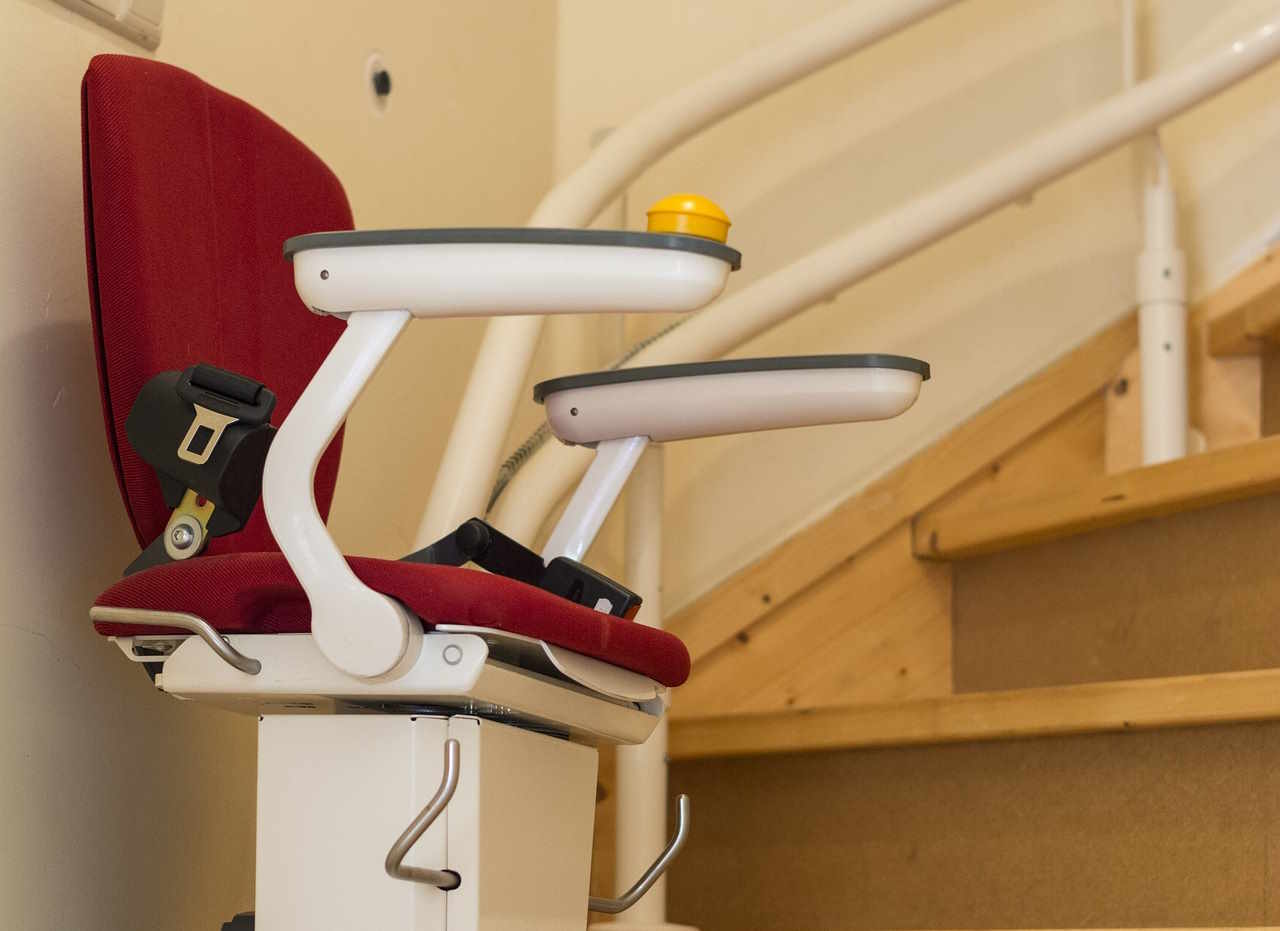What You Need to Know About Portable Stairlifts for Seniors
Portable stairlifts offer seniors a practical solution for maintaining independence and safely navigating stairs in their homes. Unlike permanently installed stairlifts, these mobile units can be moved between different staircases and often require minimal installation. Understanding how these devices work, their various types, and installation requirements can help seniors and their families make informed decisions about improving home accessibility and reducing fall risks.

How Do Portable Stairlifts Work for Senior Users?
Portable stairlifts operate using battery-powered motors and track systems that guide users safely up and down stairs. The basic mechanism involves a chair or platform that moves along a rail system, typically powered by rechargeable batteries to ensure operation during power outages. Most models feature simple controls, including joystick operation or push-button systems that seniors can easily manage.
The key difference with portable models lies in their modular design. These units often use clamp-on or temporary mounting systems that don’t require permanent structural modifications to staircases. Some advanced portable models can be folded and transported, while others feature quick-release mechanisms for removal and reinstallation.
What Types of Stairlifts Are Available for Seniors?
Several categories of stairlifts cater to different senior needs and staircase configurations. Straight stairlifts work on linear staircases without turns or landings, representing the most common and affordable option. Curved stairlifts accommodate staircases with bends, turns, or intermediate landings, though these typically require custom manufacturing.
Outdoor stairlifts feature weather-resistant materials and components designed for external use. Standing stairlifts serve users who have difficulty sitting or bending their knees, allowing them to ride in a standing position with support harnesses. Some manufacturers also offer heavy-duty models that accommodate higher weight capacities, typically supporting users up to 400 pounds or more.
Understanding the Installation Process for Portable Units
Installation of portable stairlifts varies significantly from permanent models. Most portable units require mounting brackets that attach to stair treads or along the staircase wall using clamps or temporary fasteners. The installation process typically takes 2-4 hours and often doesn’t require professional installation, though many seniors prefer professional setup for safety assurance.
The track system usually comes in modular sections that connect together, allowing for easier transport and storage. Some models feature telescoping rails that extend and retract as needed. Before installation, seniors should ensure their staircase meets width requirements, typically needing at least 28-30 inches of clear width for safe operation.
Are Portable Stairlifts Easy to Use Daily?
Most portable stairlifts prioritize user-friendly operation with intuitive controls designed for seniors with varying levels of mobility and dexterity. Standard features include seat belts, armrests, and footrests that fold away when not in use. Many models include obstruction sensors that automatically stop the unit if objects block the track.
Battery life typically ranges from 10-20 trips per charge, depending on the model and staircase length. Charging stations are usually located at the bottom of the staircase, and most units can operate while plugged in. Remote controls allow family members to call the lift to either end of the staircase, and many models feature swivel seats for safer entry and exit.
Unique Benefits and Considerations for Senior Users Worldwide
Portable stairlifts offer particular advantages for seniors who rent their homes, live in multi-generational households, or frequently travel between residences. In many countries, these devices may qualify for healthcare subsidies or insurance coverage, particularly when prescribed by healthcare professionals. The removable nature means seniors can take their mobility aid when moving to new accommodations.
Safety features have evolved significantly, with modern units including emergency stop buttons, backup battery systems, and diagnostic displays that alert users to maintenance needs. Many models also feature soft-start and soft-stop technology to prevent jarring movements that could be uncomfortable for seniors with joint issues or balance concerns.
Cost Considerations and Available Options
Portable stairlift pricing varies considerably based on features, weight capacity, and staircase requirements. Here’s a comparison of typical options available in the market:
| Model Type | Provider Examples | Key Features | Cost Estimation |
|---|---|---|---|
| Basic Straight Portable | Acorn, Bruno, Harmar | Battery powered, 300lb capacity | $2,500 - $4,000 |
| Heavy-Duty Portable | Savaria, Handicare | 400lb+ capacity, reinforced construction | $3,500 - $5,500 |
| Outdoor Portable | Sterling, AmeriGlide | Weather-resistant, rust-proof materials | $3,000 - $5,000 |
| Compact/Travel Models | Portable Medical, Mobility Plus | Lightweight, quick assembly | $2,000 - $3,500 |
Rental options are also available through many local medical equipment providers, typically ranging from $200-400 per month. Some insurance plans and Medicare may cover portions of the cost when deemed medically necessary by healthcare providers.
Prices, rates, or cost estimates mentioned in this article are based on the latest available information but may change over time. Independent research is advised before making financial decisions.
Conclusion
Portable stairlifts represent a flexible, practical solution for seniors seeking to maintain independence while addressing stair navigation challenges. With various types available to suit different needs and budgets, these devices offer the advantage of mobility and minimal permanent modification to homes. The relatively straightforward installation process and user-friendly operation make them accessible to many seniors, while safety features provide peace of mind for users and their families. When considering a portable stairlift, seniors should evaluate their specific mobility needs, staircase configuration, and long-term housing plans to select the most appropriate option for their circumstances.




